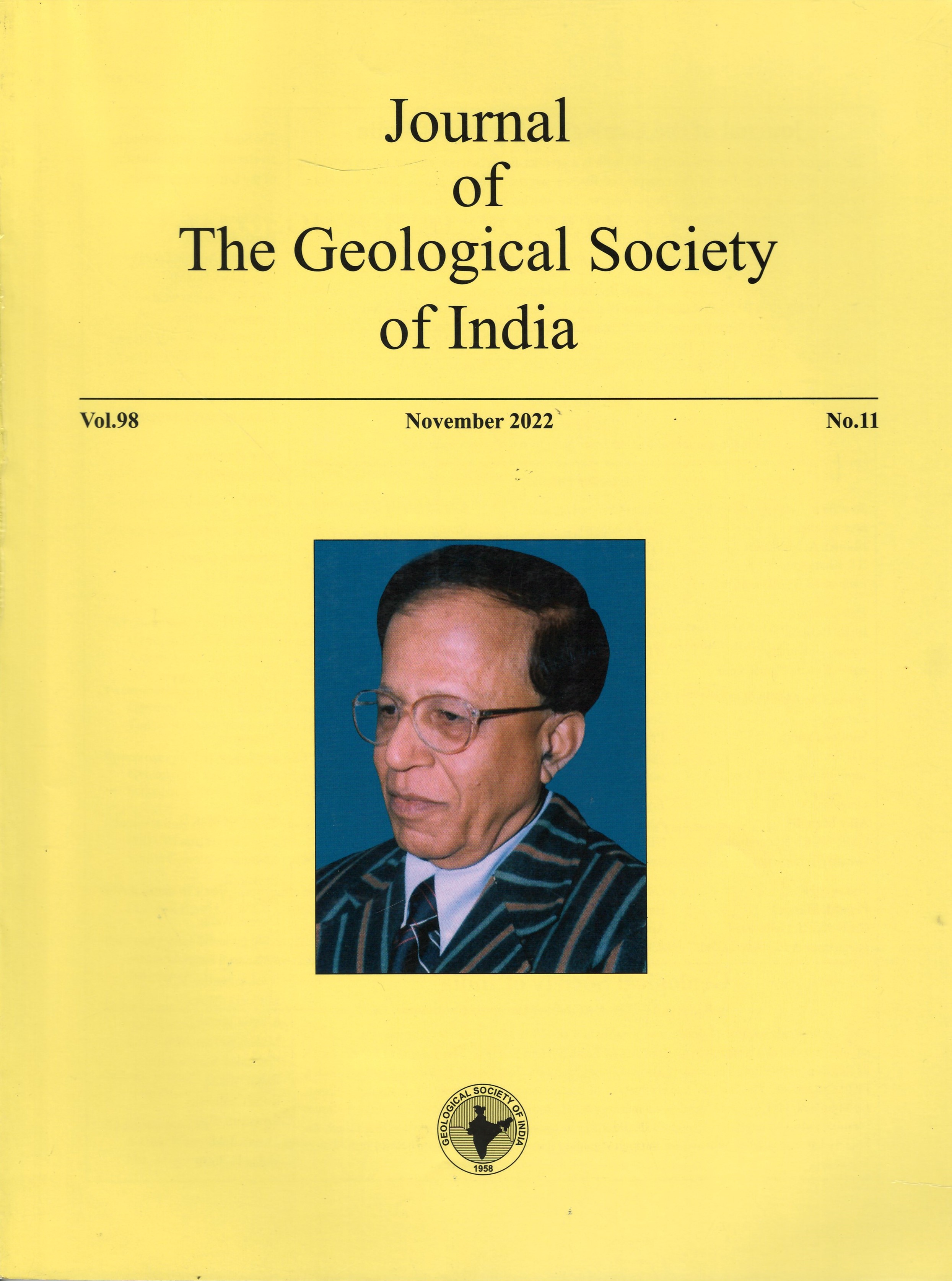Study of Local Site Conditions for Seismic Hazard Assessment at the BHU Campus, Varanasi, North India, using Ambient Noise Measurements
DOI:
https://doi.org/10.1007/s12594-022-2208-6Keywords:
No KeywordsAbstract
The ambient noise measurement approach has been applied for detailed seismic hazard mapping in the Banaras Hindu University (BHU), campus, Varanasi. Thirty three single stations, two standard penetration tests (SPT), and two array micro tremor measurements were carried out to determine the local site characteristics. In this study, H/V spectral ratio confirms that the sites have an average predominant frequency of around 0.53Hz and an average amplitude of 7.94. These resonant frequencies are related to the thickness of the sediments in the region. Based on the available lithological data and estimated sub-surface structures, shallow and deeper cross-sections through two profiles within the BHU campus are presented. The estimated shallow sub-surface structures are correlated with 150 m boreholes data for a better understanding of sub-soil stratification. These studies show the presence of clay up to a depth of ~40 m, mixed with sand and pebbles at some locations, followed by layers of sand, and clay with pebbles ~200 m. Findings of the present study are also well correlated with inverted shear wave velocity profiles. The Vs observed from the array measurements and N-value from standard penetration test (SPT) are positively correlated to each other and give a better understating of Vs. Thus, the inverted 1-D shear velocity models clearly show low shear wave velocity having sediment thickness of 30 to 40 meters. Finally, fundamental frequency, amplification, vulnerability index, and shear wave velocity maps are presented. Additionally, the borehole data are used to calibrate the results of the present study of the shallow sub-surface structure. Subsequently, computed maps are a very useful tool for engineers to quantify the intensity of earthquake ground motion, which will be helpful to determine the capacity of buildings to resist earthquakes.

 Sangeeta Kumari
Sangeeta Kumari






